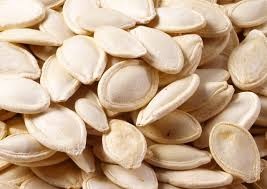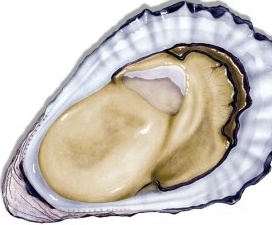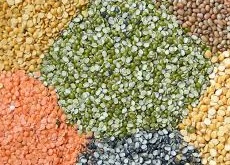Hemoglobin is a protein molecule and acts like a bus which carries oxygen from the lungs to the body tissues and carries carbon dioxide from the tissues back to the lungs. It is always thought of as some kind of buzz word when it comes to health of children, especially the toddlers because it they who begin getting their nutrition from other sources than mother?s milk.
Hemoglobin
Hemoglobin is made of two parts namely the Heme And Globin- the globin part is made of globulin chains, each of the globulin chain contains a central structure that is made of iron ? the heme. Iron is embedded deep inside the heme particle is plays a vital role in transport of oxygen and carbon-di-oxide.
Thus you would now know why health enthusiasts are so much concerned with iron.
Hemoglobin Levels You Must Know
It is very important to know what the normal hemoglobin level your child should have and also how to maintain that level.
Below is the chart of children Hemoglobin Level:
| Age | Level |
| At birth | 13.5 to 24.0 g/dl (mean 16.5 g/dl) |
| <1 Month | 10.0 to 20.0 g/dl (mean 13.9 g/dl) |
| 1-2 Months | 10.0 to 18.0 g/dl (mean 11.2 g/dl) |
| 2-6 months | 9.5 to 14.0 g/dl (mean 12.6 g/dl) |
| 6- 24 months | 10.5 to 13.5 g/dl (mean 12.0 g/dl) |
| 2-6 years | 11.5 to 13.5 g/dl (mean 12.5 g/dl) |
| 6-12 years | 11.5 to 15.5 g/dl (mean 13.5) |
Symptoms of Low Hemoglobin Level
Hemoglobin is very much necessary for your child to be healthy. A small decrease from the normal level leads to a number of complications such as
- Fatigue
- Short breathiness
- Restless Leg syndrome
- Pale skin
- White spots on the nails
- Pale lips
Increasing Hemoglobin/iron Levels Naturally
The market is flooded with medicines, tonics, health drinks and of course our own health mix powders that claim to increase the iron content in your child?s body. There is no harm in taking these, however the most important point you need to consider is
Why you need those chemically prepared stuff?
Isn?t there any natural food that would be enough for your child?
If you begin giving supplements at young age would your child be able to cope up with the same supplements when he grows older?
Would these supplements really make your child healthy?
Well, I for one think that giving something that is made in a factory is harmful, be it tonics or medicine or anything else. No product can be made in a few minutes or a day. It takes some time for the product to be procured from the producer, go into the factory, combined and vomit the final product and of course has to cover a whole lot of distance till it reaches you.
So how long do you think it really would be fresh? (Think of this when you buy all those exotic fruits too)
Although iron found in many foods naturally, below are the good and high sources of iron based foods:
- Liver
Big Sorry to vegetarians, but the liver of chicken, turkey, lamb, Beef and so on are the richest source of iron. So! dear non vegetarians make it a habit of feeding your children with liver, once they get a hang on its taste they sure would love to have more. I know everyone now remembers why our grandparents always made it a point of giving liver to the children of the family.
Well, 100 gm serving of liver has 23mg of iron, and that?s really a very large amount.
- Pumpkin Seeds
Pumpkin seeds, the ones we sometimes eat while playing around when mom cuts those veggies are rich in iron. If you had no idea of this earlier, here is a tip, make a squash of pumpkin seeds with any fruit your child loves, and there! You have met the iron requirement of your child.
100 gm of pumpkin seeds give 15mg of iron.
- Mollusc
Oysters, octopus, muscles and the list goes on, these delicacies are not something which we can regularly feed on, yet do give good portions of them whenever possible.
100gm of mollusc gives 9.5 gms of iron.
- Nuts
Almonds, groundnuts, cashew, Pista and so on are a good source of iron too. They also are helpful when it comes to providing your child with good fat that is important for both physical and mental development. Give a handful of these everyday as a snack or in their food or even with ice-cream.
100 gm of nuts give 6.1 mg of iron plus a lot of good fat.
- Pulses
Although lean meat comes after the nuts I have chosen to write about the pulses to give our vegetarians an advantage. Well lean meat gives 3.8mg iron for every 100 gms, while that of pulses give 3.7mg per 100 gms.
So never miss those pulses, you can add a cup full of sundal or boiled pulse like chickpea, rajma and so on in their evening snack.
Other common foods that you need to give for increase of iron in blood are
- Greens: Greens is what all kids hate on their plate but this is the natures wonder to our human body and we need to introduce in the daily menu of our kids. We could add chopped spinach into the egg omelet or dosai or roti if they are the fussy eaters. Some to mention are Spinach, Kale, Broccoli, peas, Brussels sprout, green peas; any kind of greens is high in iron which is a great source for hemoglobin count.
3.6 mg per 100 gm
- Whole grains ? 3.6mg per 100 gm
- Dark Chocolate ? 17mg per 100 gm
Although iron is found in many of the foods we eat, some sources of iron are better absorbed by the body than others and it?s always good to maintain a healthy and well balanced diet.







